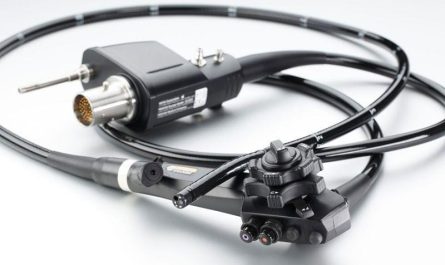What is Somatropin?
Somatropin, also known as human growth hormone or HGH, is a peptide hormone that stimulates growth, cell reproduction, and cell regeneration in humans and other animals. It is most famous for its role in stimulating growth and development during childhood and adolescence.
How Does Somatropin Work?
Somatropin works through complex interactions with tissues and cells throughout the body. When released into circulation, it binds to receptors on certain types of cells. This triggers a cascade of downstream effects, primarily through stimulation of the liver and other tissues to secrete insulin-like growth factor 1 (IGF-1). IGF-1 is the principal hormone responsible for mediating growth hormone’s effects on bone and cartilage growth that increases stature in children and adolescents.
In adults and children, Somatropin stimulates amino acid uptake in muscles and protein synthesis, resulting in increased muscle mass. It also helps mobilize fatty acids from adipose tissue and increases sensitivity to insulin, thereby decreasing fat mass and increasing metabolism and energy levels. HGH also impacts hair, skin, nails, and more. It helps maintain tissues, organs, cells, and the immune system.
Uses of Somatropin in Children & Adolescents
The primary use of somatropin treatment in children and adolescents is to promote growth and development in individuals with growth hormone deficiency (GHD). Those with GHD lack the ability to produce enough somatropin on their own, resulting in short stature.
Daily injections of recombinant human growth hormone can restore normal growth patterns and allow kids to reach their projected adult height. Somatropin therapy is usually continued until growth plates in long bones have fused, indicating growth is complete. Careful monitoring by an endocrinologist is required.
Additional approved juvenile uses of somatropin include treatment of growth failure due to chronic kidney disease, Turner syndrome, Prader-Willi syndrome, and short stature in children born small for gestational age (SGA). Growth hormone injections yield significant increases in height, muscle mass, energy, and quality of life. Benefits generally outweigh risks when treatment protocols are closely followed.
Uses of Somatropin in Adults
While somatropin has traditionally been prescribed most often for children and teens, its use in adults has expanded in recent decades. The FDA has approved somatropin treatment for specific adult conditions characterized by either low somatropin levels or somatopause (adult growth hormone deficiency).
Approved adult indications include replacement therapy for adults with growth hormone deficiency, HIV/AIDS-associated wasting or cachexia, short bowel syndrome, and aging-related decline in lean body mass and increased fat mass. For adult GHD, somatropin aims to recapture some of the metabolic and body compositional changes of youth. Benefits include increased lean body mass, muscle strength, bone mineral density, and quality of life while reducing fat mass, especially abdominal fat.
Potential Adult Off-Label Uses
While not FDA approved, somatropin is also sometimes prescribed off-label for various other potential benefits in adults. Some athletes use it seeking performance enhancement, while others try it for anti-aging effects on metabolism, skin, hair and more. However, the evidence is mixed on whether somatropin reliably produces benefits beyond correcting deficiencies.
For conditions like sarcopenia (age-related muscle loss), obesity, cardiovascular health issues or general declines of aging, research is still ongoing to clarify somatropin’s risks and benefits versus lifestyle or other treatments. Costs must also be considered, as treatment can be very expensive without approved indications. Overall, the science is still developing around optimal adult somatropin use beyond approved replacement therapy.
Safety Considerations and Side Effects
When used as prescribed under medical supervision, somatropin therapy is generally very safe. However, side effects can sometimes occur due to the hormone’s powerful metabolic actions.
Common minor side effects in some people include temporary pain, swelling or soreness at injection sites, joint or muscle pain, carpal tunnel syndrome, edema, and headaches. Some users report mild irritability, fatigue, or paresthesia (tingling sensations). Blood glucose levels also need monitoring, as somatropin may cause worsening of diabetes or prediabetes.
Rare but potentially serious side effects include slipped capital femoral epiphysis (femur growth plate fracture) in kids, benign intracranial hypertension/pseudotumor cerebri (increased brain pressure) marked mainly by headache and nausea/vomiting, and other complications like pancreatitis, worsening scoliosis or apnea in kids. Overall risks are generally very low when treatment is medically supervised. Long term effects are still being studied.
Precautions for Somatropin Use
To minimize risks, somatropin should only be used under close monitoring by an endocrinologist. Those with risk factors like diabetes, cancer, scoliosis, blood disorders, obstructive sleep apnea or other medical issues may need more vigilant oversight. Women who are pregnant or breastfeeding should not use somatropin, nor should those allergic to any ingredients. Strict adherence to dosing protocols is key. Overall, when used judiciously as prescribed, somatropin provides immense benefits safely in most cases.
*Note:
1. Source: Coherent Market Insights, Public sources, Desk research
2. We have leveraged AI tools to mine information and compile it.




